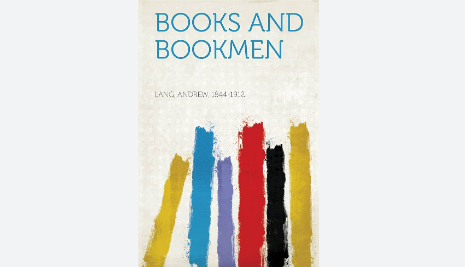Lady Book-Lovers
byLady Book-Lovers delves deeply into the fascinating relationship between women of nobility, especially French queens and princesses, and their passionate engagement with literature throughout history. These women, often of high status, were known to amass impressive libraries filled with rare manuscripts and exquisitely printed books. According to Ernest Quentin Bauchart’s bibliography, while these women undoubtedly curated beautiful collections, a deeper question arises: were their libraries a genuine reflection of a true bibliophilic passion, or were they more a product of fashionable trends at the time? This dynamic is explored in the narrative, which compares the mandatory nature of owning books during earlier periods to the superficial ways in which contemporary society often views the interests of women. While possessing books was regarded as a sign of intellectual prowess, it was often tied to societal expectations rather than a genuine love for literature. These women, despite their wealth and influence, may have been more concerned with meeting the social standards of their time than with developing a lasting, authentic passion for the written word.
As the chapter progresses, the personal tastes of various influential women are examined, offering a clearer picture of their relationship with books. Marguerite de Valois, Diane de Poitiers, and Madame de Pompadour, among others, are known not just for their political influence but for the libraries they curated. These women frequently placed greater value on the aesthetic elements of their books—the bindings, the rarity of editions, and the visual appeal—rather than the content within the pages. Their approach to books was often more focused on how they appeared in their homes or in public, serving as symbols of wealth, sophistication, and status. For example, Catherine de Medici and Madame de Montespan are depicted as viewing books more as objects to project power and influence rather than as vessels for intellectual engagement. Their collections were less about the transformative power of literature and more about maintaining a certain social position, where appearances were just as significant as substance. While their libraries might have been impressive, the motivation behind these collections was frequently driven by the need for cultural status and personal enjoyment rather than a true engagement with the written word.
The chapter takes a critical look at the depth of engagement these women had with their collections, challenging the assumption that all noblewomen were passionate bibliophiles. For some, such as Madame de Verrue, a genuine obsession with collecting rare and diverse books was indeed present, showing a true love for the craft of collecting. However, for many others, the act of book collecting was more superficial, driven by the desire to keep up with social trends or to indulge in personal whims. This complexity is evident in how these women’s libraries were constructed—not always as an intellectual pursuit, but as a means of indulging in luxury or appearing learned without necessarily engaging with the content. The narrative suggests that the motivations for owning books were often multifaceted, influenced not only by a desire to learn but also by the power dynamics of the time. This nuanced view of book collecting, as driven by both personal and social influences, opens up a broader discussion about the intersection of status, gender, and intellectualism in the 17th century.
Furthermore, the chapter examines the broader cultural implications of these women’s libraries, suggesting that while their collections were often admired and held historical significance, they were also shaped by the fleeting nature of fashion and the transient values of their times. Their role in preserving and showcasing literature was important, yet it was often governed by the whims of social expectation rather than a profound, lasting intellectual pursuit. The act of collecting books, especially in the context of royal and noble women, often became more about status than scholarly engagement. Despite this, the collections left behind by these women still offer valuable insight into the cultural and intellectual life of their era. They remain symbols of the complex interplay between personal desires, social pressures, and the preservation of knowledge, illustrating the challenges women faced in balancing their own intellectual ambitions with the expectations of the world around them. The chapter concludes by reflecting on the legacy of these “lady book-lovers,” acknowledging that while their motivations may have been diverse, their contributions to the cultural heritage of the time were undeniably significant.
The analysis of female book collectors in this chapter sheds light on the way societal norms shaped women’s access to literature and their involvement in intellectual circles. While some of these women displayed genuine enthusiasm for book collecting, for many, the libraries they amassed were more of a status symbol than a true intellectual endeavor. Their collections were often curated to reflect personal taste or the demands of the time, leading to a complex mix of cultural appropriation and genuine interest. The chapter also highlights the need to critically examine historical accounts of female intellectualism, recognizing that women’s relationship with books and literature during this period was multifaceted. Their involvement in the literary world was influenced by a variety of factors, from social standing and gender expectations to personal preferences and intellectual curiosity, and this broader context enriches our understanding of their literary pursuits.


